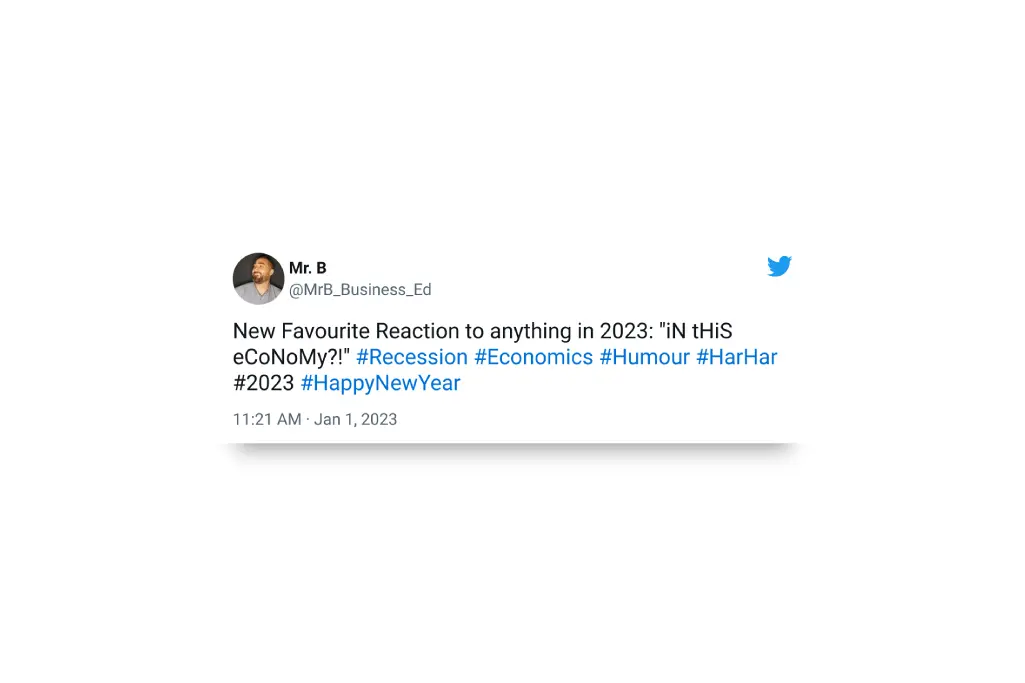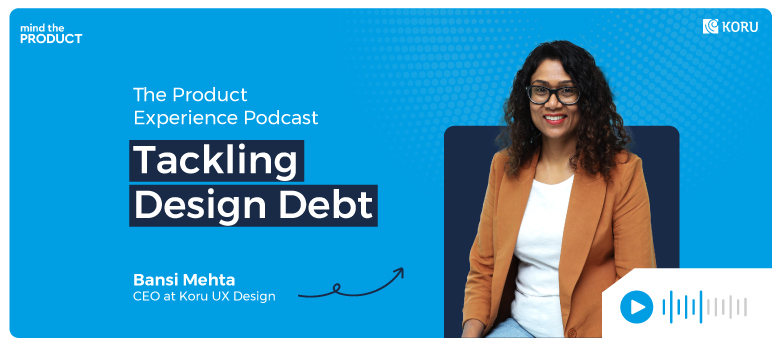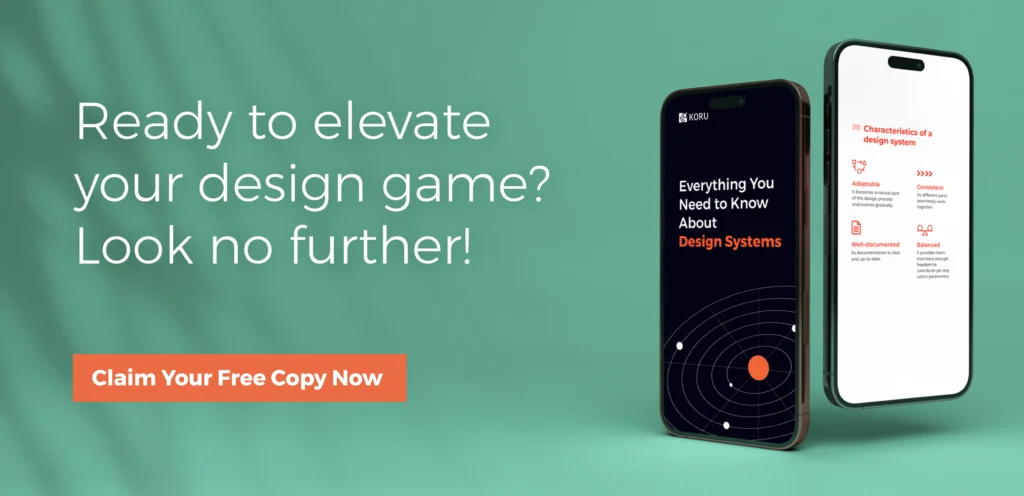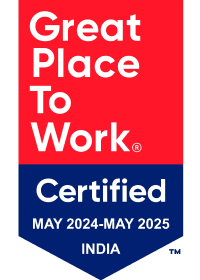News of incessant layoffs and resizing has ensured that 2023 was going to be a killjoy even before it actually began. Budget cuts across the tech and product industry are now having an inevitable impact on UI-UX design costs as well.
Well, if there was a silver lining in these glum times, it is that meager budgets aren’t new if you’ve been working in product management. And while you may understand the importance of delivering great user experiences, budget constraints can make this a daunting task. Fortunately, there are multiple ways to ensure top-notch UX quality despite budget restrictions.
Insider Tips for Budget-Friendly UX Design
Determine the scope of the project
Every UX project begins with scope definition, and this situation is no different. This first step ensures that the project moves along smoothly right from the early stages all the way to late-stage implementation and testing.
Here’s what is to be covered in a scope of work document –
- The primary goal for the project – the objective
- A brief description of all deliverables
- A list of acceptance standards that the deliverables must meet
- Any anticipated constraints
- Any assumptions to be made at the beginning of the project
- Exclusions that are out of scope and will not be included in the project
Agreement: So there’s no question as to whether your key stakeholders agreed to the scope, you should have them review and sign the document.
Determining the scope early on also helps in defining and prioritizing the requirements. This ensures the implementation of crucial features in the beginning and keeps the project on track in the event of further budget cuts.
Set and manage expectations to remain on track
Make the best of the discovery sessions to answer all questions concerning the project that both parties might have. This way, there’s no scope left for assumptions as they will be replaced with specific and accurate answers.
Collaborating with stakeholders early on can help to identify cost-effective solutions for improving the user experience. By working together, it is possible to find creative ways to deliver high-quality designs on a low budget.
Here’s how to set clear expectations and pave the way for a successful ongoing relationship. Help the stakeholders become aware of the design process – share the scope and project definition for their approval on the following –
- The problem to be solved and the goal to be achieved
- Expectations that stakeholders have in terms of timelines and output
- Any special requirements or restrictions on the project
Helping the client understand what they are getting into and the project you are both about to embark on will help them feel assured and ensure a healthy, constructive collaboration.
Save time by sticking to what you can do, not what you can’t
Keep an open mind and have a “hands-on” approach. The current financial volatility means that most businesses cannot afford leaders who are unable to deliver. The “this is not part of my job description” mentality only creates territorialism, silos, and thereby, more delays and over-budgeting.
Even in the absence of an expansive team or the resources to create a custom design framework, it is still possible to deliver good user experiences. The key is to think about how to creatively work around the limitations.
For example, usability testing is an unskippable and highly cost-effective way to understand how your users interact with your software and identify areas for improvement. You can conduct user testing with a small group of users to get feedback on your design and make changes based on their feedback.
In a recent project we took up to redesign a lab analytics tool, the user testing exercise revealed how readability and affordance (possible actions that the user can take) were making it difficult for users who were color blind. This was vital to course-correcting the design and setting the right priorities for development.
To sum up, no matter the budget, focusing on user needs and visual design principles can ensure that the end result is a good product.
Avoid roadblocks through effective communication
Poor or broken communication is the main reason why a project comes in over budget; it is the deciding factor of success or failure. Why is that so?
The answer’s fairly simple – poor communication leads to costly redos in the future. For example,
The customer says they want one thing when they really want something else.
You say that a design feature is technically easy to implement when it’s not.
A large part of good communication also involves getting rid of assumptions. When we assume instead of communicating, problems exacerbate. Even the most seemingly-minor assumption (stakeholders thinking of themselves as users) at the beginning of the project can lead to big delays. And as we all know, it’s much easier to make changes to a wireframe than in a deployed feature.
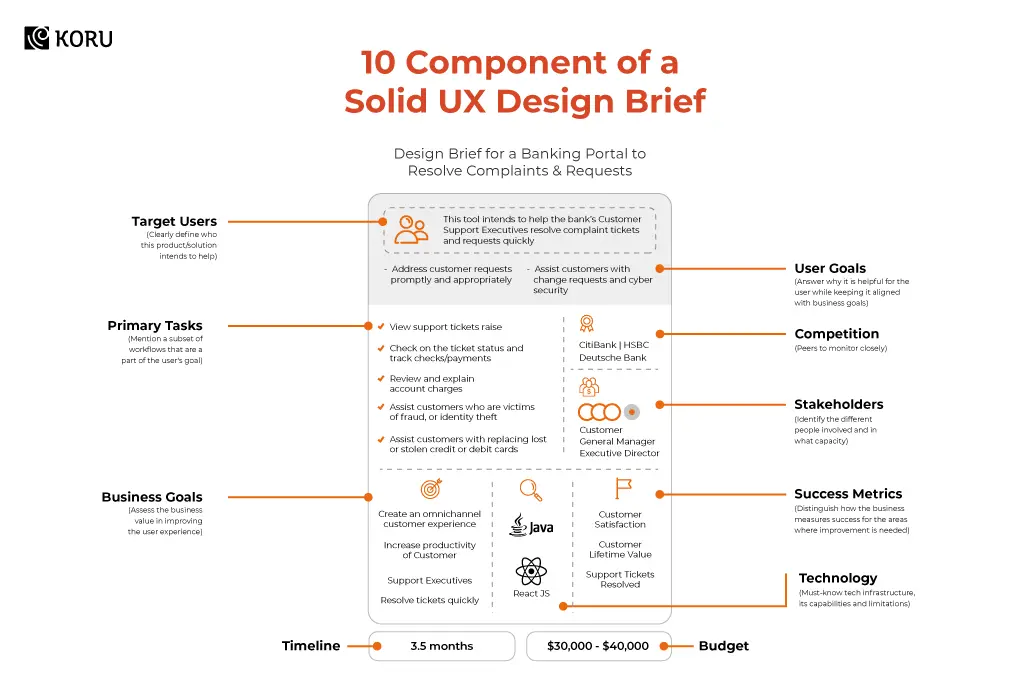
The solution to this omnipresent problem lies in prioritizing clarity while communicating. From providing the right design brief (as stated above) to ensuring that the feedback on the deliverables is constructive (as stated below), good communication will prevent roadblocks at every stage.
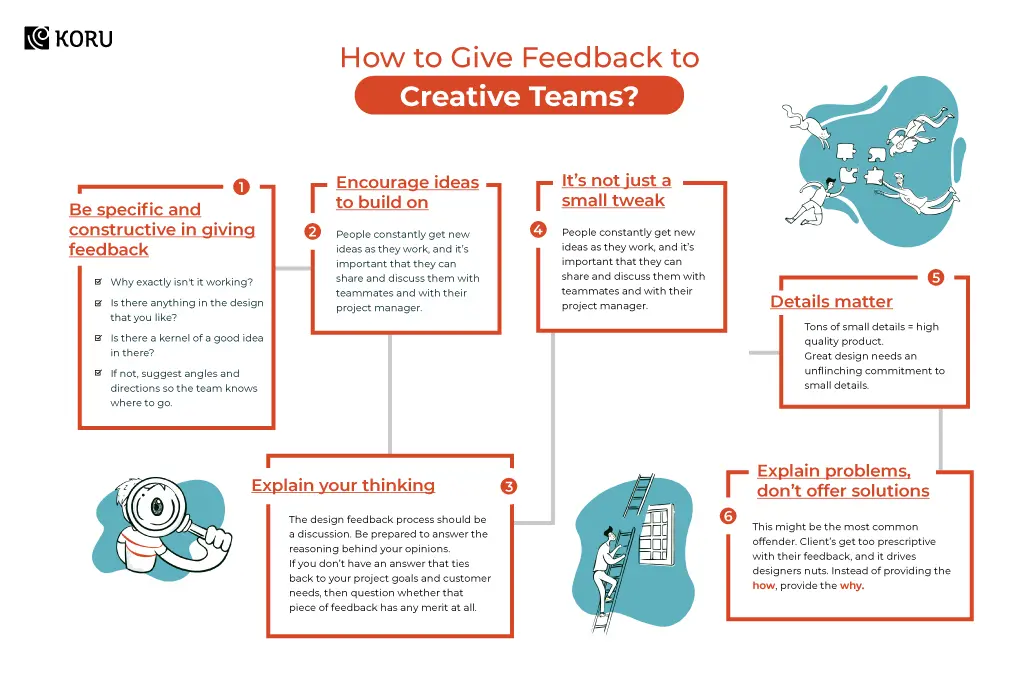
Maintain focus by letting user needs be your guiding star
Start by identifying the needs of your users and prioritizing those that are most important. This will help you to focus your limited resources on conducting UX research on a budget, thus identifying areas that will have the biggest impact on the user experience.
Although a small budget can pose a challenge, it shouldn’t dictate the process and direction of the project. Regardless of your budget, the focal point of every project is to create with the user in mind.
For example,
If the goal is to gather voluminous user behavior data in a short timeframe, then focus groups will allow you to get the same insights as from user interviews but will save you a lot of time as these interviews will be conducted in groups.
Heatmaps are another great alternative to collect user data with more precision. Heat mapping will give you an insight into how the users interact with your product and AB testing will help you tailor the experience to your user as much as possible.
Smartly invest in the right tools
Templates and design systems are lifesavers when working on a limited UX budget. They can help you save time and money by reducing the need for custom design work. Utilizing pre-existing templates and design systems can also ensure consistency and improve the overall quality of your design.
When time and resources are limited, it becomes especially important to micro-manage the project every step of the way so that every contributor knows what they’re responsible for. Not all people naturally possess organizational and time management skills. Free versions of project tracking tools or open-source templates can help complete projects on time and within budget.
When working on a project with a limited budget, be mindful of balancing the functionality and the user experience. How does one achieve that? The answer lies in prioritizing user needs, simplifying design, iterative testing, utilizing templates and design systems, collaborating with stakeholders, and continuously evaluating and improving your design.




